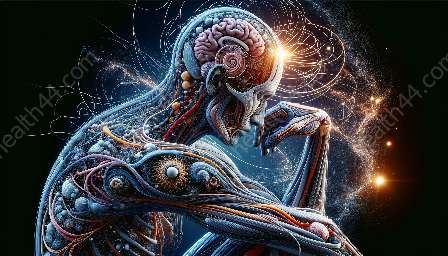The field of neuroanatomy is an intricate and captivating area of study that delves into the structure and function of the nervous system. It plays a crucial role in both anatomy and health education and medical training, providing essential knowledge for understanding the intricacies of the human body.
Introduction to Neuroanatomy
Neuroanatomy is the study of the structure and organization of the nervous system, including the brain, spinal cord, and peripheral nerves. It encompasses the microscopic and macroscopic examination of neural tissues and their intricate connections, offering a deep understanding of the neurological processes that underpin human function.
Key Components of Neuroanatomy
Neuroanatomy encompasses various essential components, each contributing to our understanding of the nervous system:
- Brain: The brain is the command center of the nervous system, responsible for processing sensory information, initiating motor functions, controlling emotions, and regulating vital physiological processes.
- Spinal Cord: This long, thin, tubular structure serves as a conduit for neural signals between the brain and the rest of the body, playing a crucial role in sensory and motor function.
- Peripheral Nerves: These nerves extend from the spinal cord and brain to the rest of the body, transmitting sensory information and controlling muscle movements.
Importance in Anatomy and Medical Education
Understanding neuroanatomy is essential for students and professionals in the fields of anatomy, health education, and medical training. It provides a foundation for comprehending neurological disorders, conducting diagnostics, and formulating treatment plans. Moreover, a deep understanding of neuroanatomy is indispensable for surgical procedures, including neurosurgery, as it enables precise localization and intervention in neural pathways.
Challenges and Innovations in Neuroanatomy
As technology and research methodologies continue to advance, neuroanatomy faces new challenges and exciting innovations. Techniques such as neuroimaging, computational modeling, and molecular neuroanatomy have revolutionized the way we study and comprehend the intricacies of the nervous system.
The Future of Neuroanatomy
The future of neuroanatomy holds great promise, with ongoing research shedding light on complex neural networks, synaptic plasticity, and the mechanisms underlying neurological diseases. As our understanding of neuroanatomy deepens, so does our ability to develop groundbreaking therapies and interventions to address neurological disorders and enhance human well-being.


